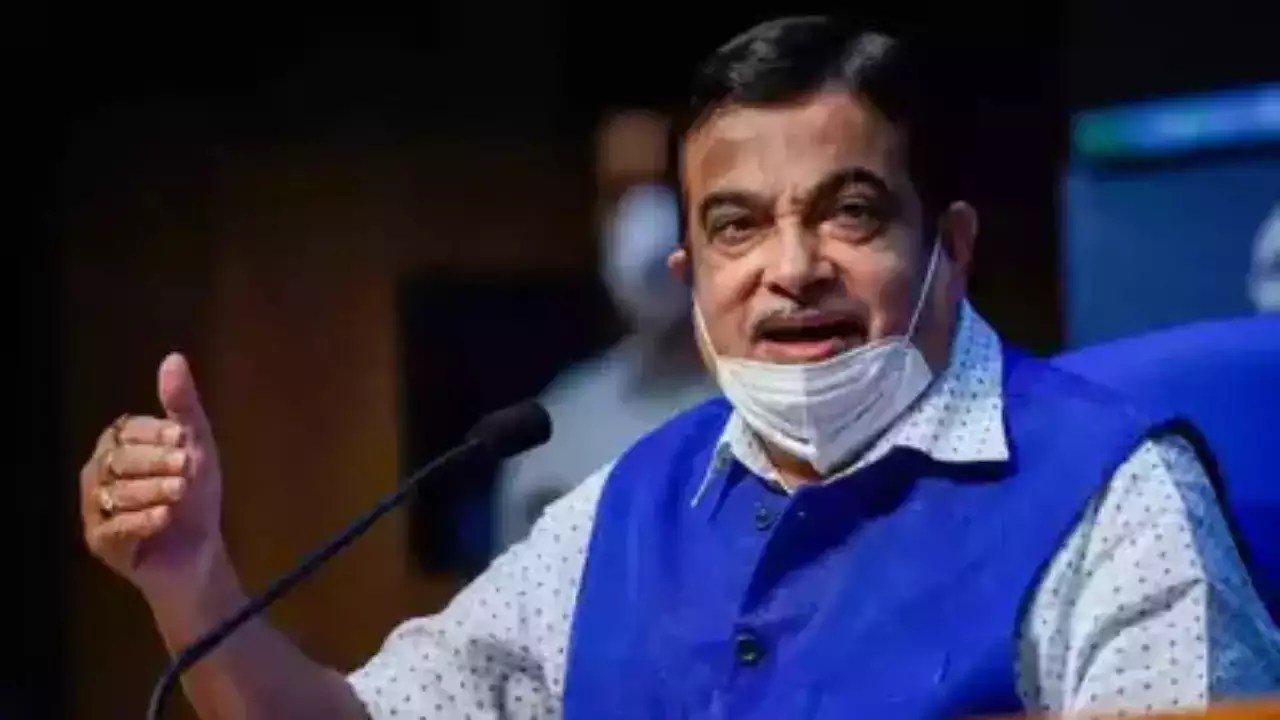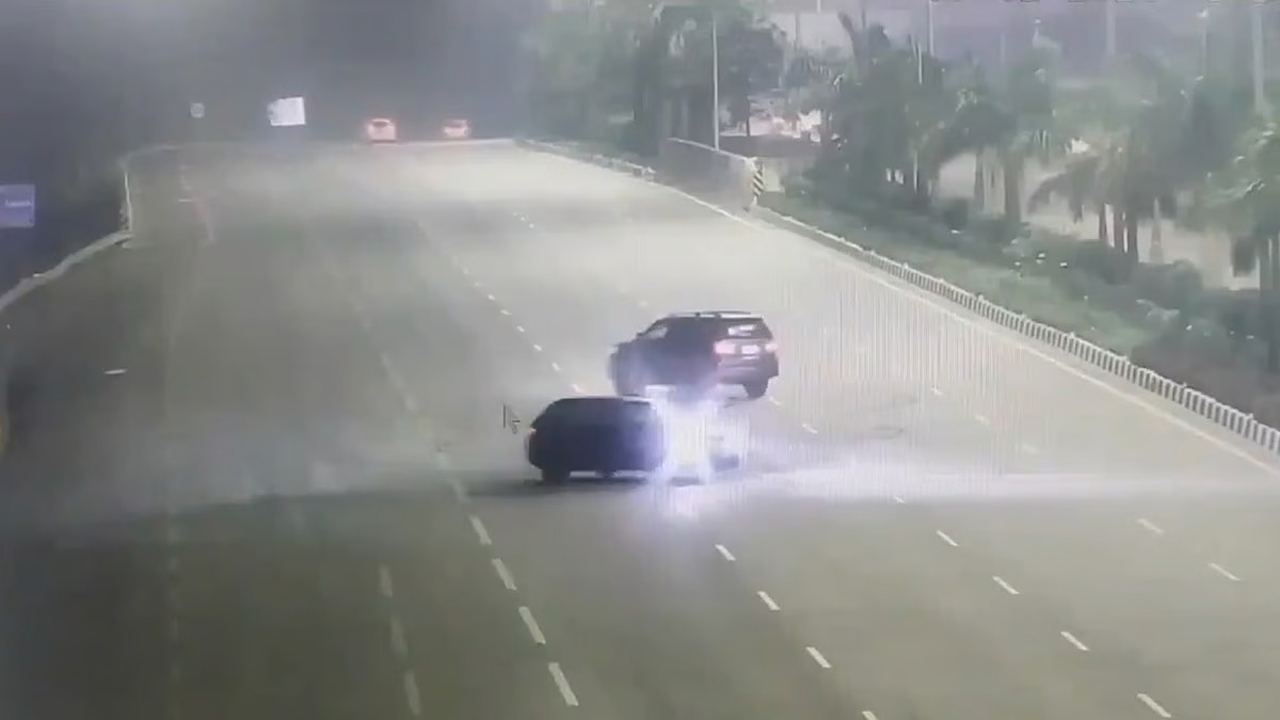Now Reading: Schoolboy’s Traffic-Dodging Idea Sparks Debate: Will Gadkari Take Note?
-
01
Schoolboy’s Traffic-Dodging Idea Sparks Debate: Will Gadkari Take Note?
Schoolboy’s Traffic-Dodging Idea Sparks Debate: Will Gadkari Take Note?

Schoolboy ,the bane of every commuter’s existence, a daily struggle that saps time, energy, and patience. While governments and urban planners grapple with complex solutions, sometimes, it’s a fresh perspective, a child’s unburdened creativity, that offers a truly innovative approach. This is the story of Rohan (name changed to protect privacy), a 13-year-old student from a bustling metropolis, and his unique idea to bypass the gridlock. His solution? A network of elevated, personal transport pods.
Rohan’s concept, which he calls the “Skyway System,” envisions a network of interconnected, lightweight pods, each capable of carrying one or two passengers. These pods would travel along a network of elevated tracks, similar to a monorail, but significantly smaller and more agile. The tracks would be strategically placed above existing roads, utilizing unused airspace and minimizing disruption to ground-level traffic. Passengers could access the Skyway System through designated stations located throughout the city, input their destination, and be whisked away above the congested streets.
“I was always late for school because of traffic,” Rohan explained in a recent interview. “One day, I was looking out the window of the bus, and I saw all the empty space above the road. I thought, ‘Why can’t we use that space?'”
Rohan’s idea isn’t just a whimsical fantasy. He’s put considerable thought into the design and functionality of his Skyway System. He’s sketched detailed diagrams of the pods, the track network, and the stations. He’s even considered the environmental impact, proposing that the pods be powered by electricity, potentially from renewable sources like solar panels.
“The pods could be made from lightweight, recyclable materials,” Rohan suggests. “And the tracks could be built using modular components, making them easier to install and maintain.”
While Rohan’s Skyway System is still in its conceptual stage, it has garnered significant attention. His school principal, impressed by Rohan’s ingenuity, encouraged him to present his idea at a regional science fair, where it won the “Most Innovative Solution” award. The local media picked up the story, and it quickly went viral, sparking a lively debate about the viability of such a system.
“It’s a fascinating idea,” says Dr. Anya Sharma, a transportation engineer at a leading university. “Rohan’s concept highlights the potential of utilizing vertical space in urban areas. While there are certainly challenges to overcome, such as safety regulations, construction costs, and integration with existing infrastructure, it’s definitely worth exploring.”
The biggest question, of course, is whether Rohan’s idea will catch the attention of Nitin Gadkari, the Minister of Road Transport and Highways. Gadkari is known for his proactive approach to infrastructure development and his willingness to embrace innovative solutions. He has been a strong advocate for improving transportation in India and has often emphasized the importance of sustainable and efficient solutions.
“If Minister Gadkari saw Rohan’s idea, I think he would be very interested,” says a local politician who has been following the story. “He’s always looking for new ways to solve traffic problems. Rohan’s Skyway System, while ambitious, could be a game-changer if it’s feasible.”
However, even if Gadkari doesn’t directly endorse Rohan’s specific proposal, the attention it has received has already served a valuable purpose. It has sparked a conversation about the need for innovative solutions to traffic congestion. It has encouraged young people to think creatively about the challenges facing their communities. And it has demonstrated that sometimes, the best ideas come from the most unexpected places.
Rohan’s story is a reminder that innovation isn’t confined to boardrooms and research labs. It can come from a curious mind, a desire to make a difference, and a willingness to think outside the box – or, in this case, above the box. Whether his Skyway System ever becomes a reality remains to be seen. But Rohan has already proven that even a schoolboy can inspire a city to look at its traffic problems from a new perspective. And that, in itself, is a remarkable achievement. The future of urban transportation may not be flying cars just yet, but perhaps, with the help of young innovators like Rohan, it will be a little less congested and a lot more imaginative.







